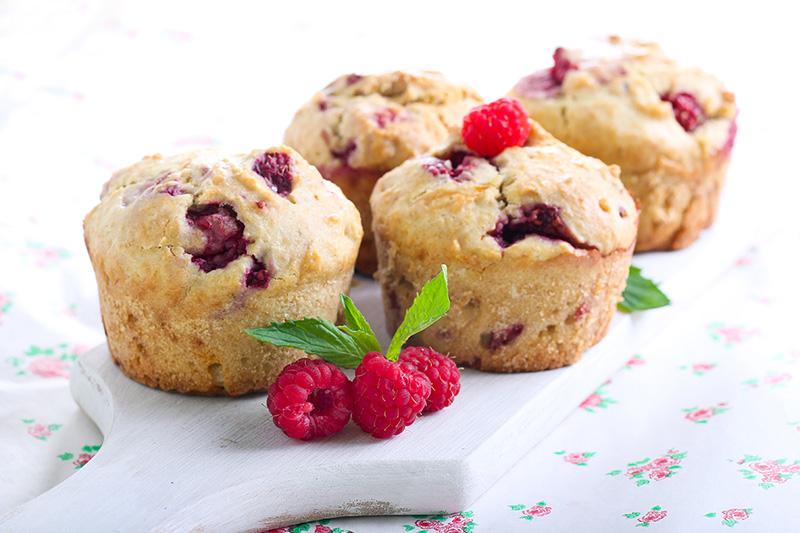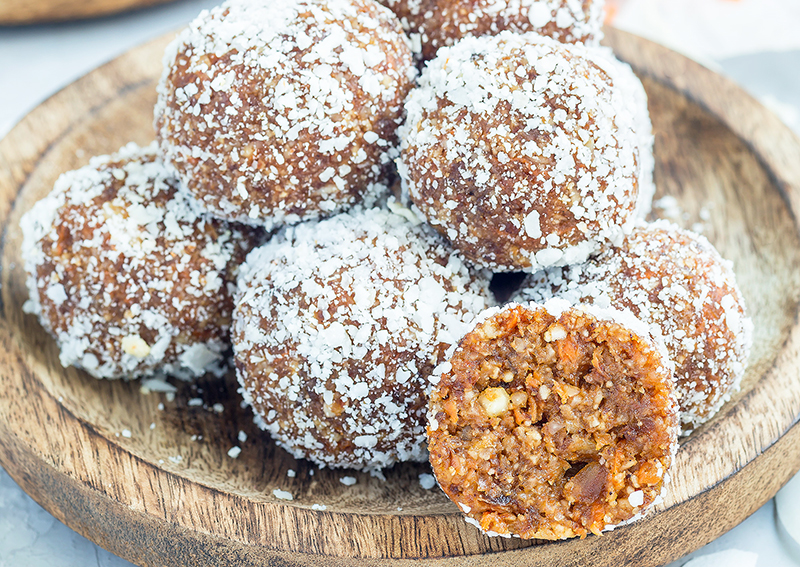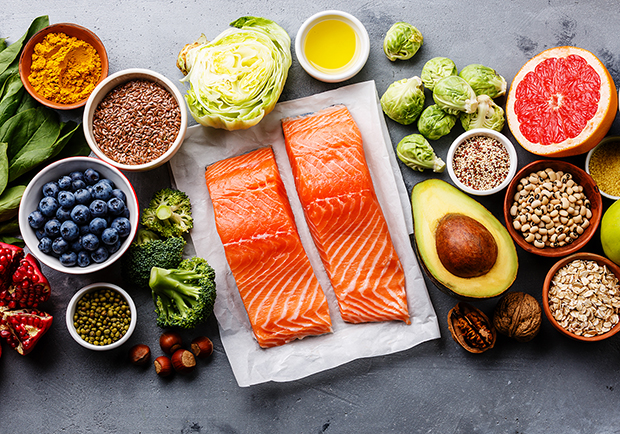Benefits of Drinking Tea
Get the cream and sugar ready—we’re talking tea! Learn all about the benefits of drinking this posh drink and discover new ways to enjoy it.

If the number of coffee houses in your town is any indication, coffee is certainly America’s trendiest drink. But it’s not the oldest: tea has been around since the Chinese emperor discovered the beloved drink in 2737 BC. Since then, it’s been an integral part of civilization, with tea playing a starring role in everything from customs to commodities.
However, Americans are less familiar with tea than they are with coffee, and that’s led many of us to steer clear of this beneficial drink. Worse, when we do drink tea, we tend to eradicate its benefits by heaping sugar, cream, and sometimes boba into our cups. (Boba pearls, by the way, are made of tapioca and are delicious, but are starchy and sugary and definitely not healthy.)
Tea has many health benefits though, so there’s no reason to avoid it. Here’s a breakdown of the three main types and how to become a master of your own tea ceremony.
Related: Here Are Popular Alternatives to Dairy if You Don't Drink Milk
Black tea
Black tea is made from tea leaves that have been oxidized (exposed to the air) until the tea manufacturer heats the leaves and stops the oxidation process. The oxidation turns the leaves black and affects the flavors of the tea. Black tea has the highest caffeine content, and it’s been shown to reduce the risk of coronary heart disease. There is also a link between high black tea consumption and low diabetes prevalence.
To prepare:
1. Use 2 to 3 grams of tea leaves per 6 ounces of water. Put the tea leaves inside an tea infuser or strainer.
2. Bring water to a rolling boil. If using a strainer, pour the water over the leaves. If using an infuser, place the leaves inside the kettle or teapot.
3. Allow the tea to steep for 3–5 minutes.
4. Remove the tea from the water.
Black tea typically tastes best with milk and sugar. In fact, English Breakfast Tea is specifically manufactured to be mixed with cream and sugar. However, for a healthier option, try your black tea with a bit of honey or some almond milk and Stevia. Use this recipe for a taste of authentic Indian chai, but replace the sugar with Stevia.
Green tea
There are endless studies on the health benefits of green tea. It contains caffeine, but not as much as black tea, and contains flavonols, catechins, and theaflavins that may reduce the risk of various types of cancers. There’s also evidence that it enhances cardiovascular and metabolic health. Of all the green teas, matcha is likely the healthiest. Matcha green tea is a high-grade, finely-ground powder of actual tea leaves, and it has a very high antioxidant content.
To prepare:
1. Use 1 teaspoon of green tea leaves per cup. Place the tea leaves in a strainer or infuser.
2. Heat the temperature to 80°C–85°C (make sure it doesn’t boil).
3. Pour water over tea (or, if using an infuser, place tea in water).
4. Allow tea to steep for 3 minutes.
Green tea doesn’t go well with milk or cream, but it does taste great with honey. For a delicious summer treat, try iced green tea with honey and lime.
Related: Best and Worst Drinks for Kids
Herbal tea
Herbal tea isn’t technically tea because it isn’t made of tea leaves. It’s more of a fruit infusion. Herbal tea has no caffeine, but health benefits depend on the type of herbal tea you’re drinking. Chamomile tea, for instance, can calm you down and help you sleep. Here’s a handy chart of common herbal teas and their benefits.
To prepare:
1. Use 1 tablespoon of herbal tea leaves per cup. Place the tea leaves in a strainer or infuser.
2. Bring water to a boil.
3. Pour water over tea (or, if using an infuser, place tea in water).
4. Allow tea to steep for 10 minutes, unless your herbal tea is made of barks or berries, in which case, give it about 20 minutes to steep. For roots, steep for at least 30 minutes.
Add a bit of honey or Stevia to your herbal tea. Almond milk might be appropriate, depending on the blend. Unlike making your own black or green tea, making your own herbal tea is practical. Now that you know the benefits, grab your teapot and teacup and check out these recipes to try making your own.
Select Health may link to other websites for your convenience. Select Health does not expressly or implicitly recommend or endorse the views, opinions, specific services, or products referenced at other websites linked to the Select Health site, unless explicitly stated.
The content presented here is for your information only. It is not a substitute for professional medical advice, and it should not be used to diagnose or treat a health problem or disease. Please consult your healthcare provider if you have any questions or concerns.







